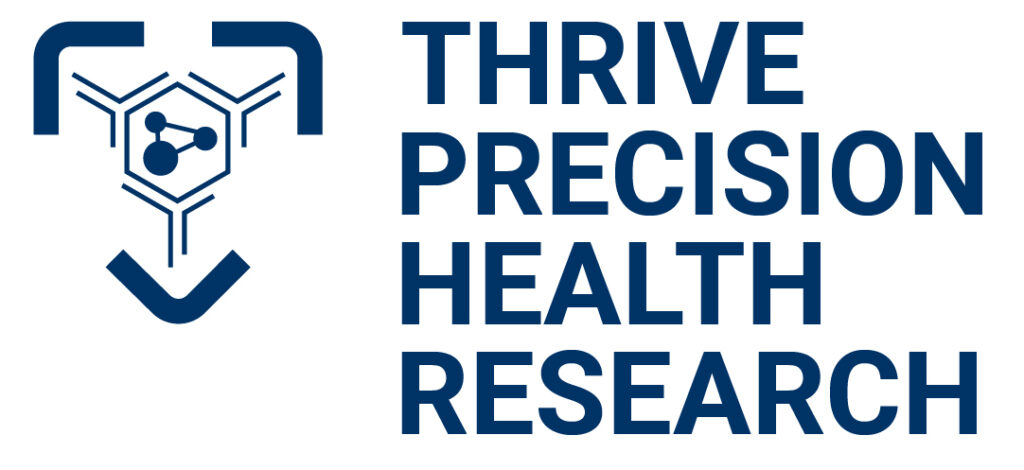Metabolic disorders affect 2 billion people worldwide
We are committed to finding, developing and validating treatments and technology to slow the progression and make these discoveries available to the world
Top 10 Metabolic Disorders
Metabolic disorders encompass a wide range of conditions that affect the body’s ability to process nutrients and maintain proper metabolic balance. These disorders can result from genetic mutations, environmental factors, or a combination of both. While the exact number of metabolic disorders is difficult to pinpoint due to their diversity and rarity, there are hundreds identified, many of which are classified as inborn errors of metabolism.

Top 10 Metabolic Disorders
- Type 2 Diabetes: A chronic condition characterized by insulin resistance and high blood sugar levels. It is one of the most prevalent metabolic disorders globally.
- Obesity: A complex condition involving excessive body fat, often associated with metabolic syndrome and increased risks for other disorders like diabetes and heart disease.
- Hyperlipidemia: High levels of fats (lipids) in the blood, including cholesterol and triglycerides, which can lead to cardiovascular disease.
- Hypothyroidism: A condition where the thyroid gland doesn’t produce enough thyroid hormones, leading to a slowed metabolism.
- Hyperthyroidism: An overactive thyroid gland producing excessive thyroid hormones, causing a sped-up metabolism.
- Metabolic Syndrome: A cluster of conditions including high blood pressure, high blood sugar, excess abdominal fat, and abnormal cholesterol levels, significantly increasing the risk of heart disease, stroke, and diabetes.
- Phenylketonuria (PKU): A rare genetic disorder that results in the inability to break down the amino acid phenylalanine, leading to toxic buildup in the body.
- Gout: A form of arthritis caused by the accumulation of uric acid crystals in the joints, often linked to metabolic issues involving purines.
- Lactic Acidosis: A condition caused by the buildup of lactic acid in the body, often due to mitochondrial dysfunction or severe illnesses like sepsis.
- Fatty Liver Disease (Non-Alcoholic): The accumulation of fat in the liver not due to alcohol, often linked to obesity and insulin resistance.
Metabolic disorder effect on the Global Population
Metabolic disorders affect a significant portion of the global population, with prevalence rates varying across different conditions. Here’s an overview of the estimated number of people affected worldwide by some of the most common metabolic disorders

Metabolic disorder effect on the Global Population
- Type 2 Diabetes: Approximately 366 million people globally are living with diabetes, a number projected to rise to over 552 million by 2030. 
- Obesity: Data from the World Health Organization indicates that 65% of the world’s population resides in countries where overweight and obesity result in more deaths than underweight conditions. 
- Hyperlipidemia (High Cholesterol): The prevalence of hyperlipidemia varies globally, with significant portions of populations in both developed and developing countries affected, contributing to increased cardiovascular risk.
- Hypothyroidism: This condition affects approximately 5% of the global population, with subclinical hypothyroidism impacting an additional estimated 5%.
- Hyperthyroidism: Around 1-2% of the global population is affected by hyperthyroidism, with higher prevalence in women and the elderly.
- Metabolic Syndrome: Approximately 40–46% of the world’s adult population has metabolic syndrome, a cluster of conditions increasing the risk of heart disease, stroke, and diabetes. 
- Phenylketonuria (PKU): This rare genetic disorder has a global prevalence of about 1 in 10,000 to 15,000 newborns, varying by region.
- Gout: Gout affects approximately 1-4% of adults worldwide, with prevalence increasing in many countries.
- Lactic Acidosis: The exact global prevalence is difficult to determine due to its association with various underlying conditions, but it remains a significant concern in critical care settings.
- Non-Alcoholic Fatty Liver Disease (NAFLD): NAFLD affects about 25% of the global population, with higher rates in those with obesity and type 2 diabetes.
Our Team
Our dedicated executive team propels us toward innovation, aiming to be at the forefront of Diabetes Management.


Financials Tax Return (990-PF)
The 990-PF is the tax return that private foundations must file each year with the Internal Revenue Service. The tax return provides financial information about the Foundation’s assets, investments, expenses, and grants awarded for the year. If you have questions or would like more information about how to interpret this document, please contact us.
Thrive Precision Health Research is an Arizona nonprofit corporation organized as an organization described in Section 501(c)(3) of the Internal Revenue Code.
